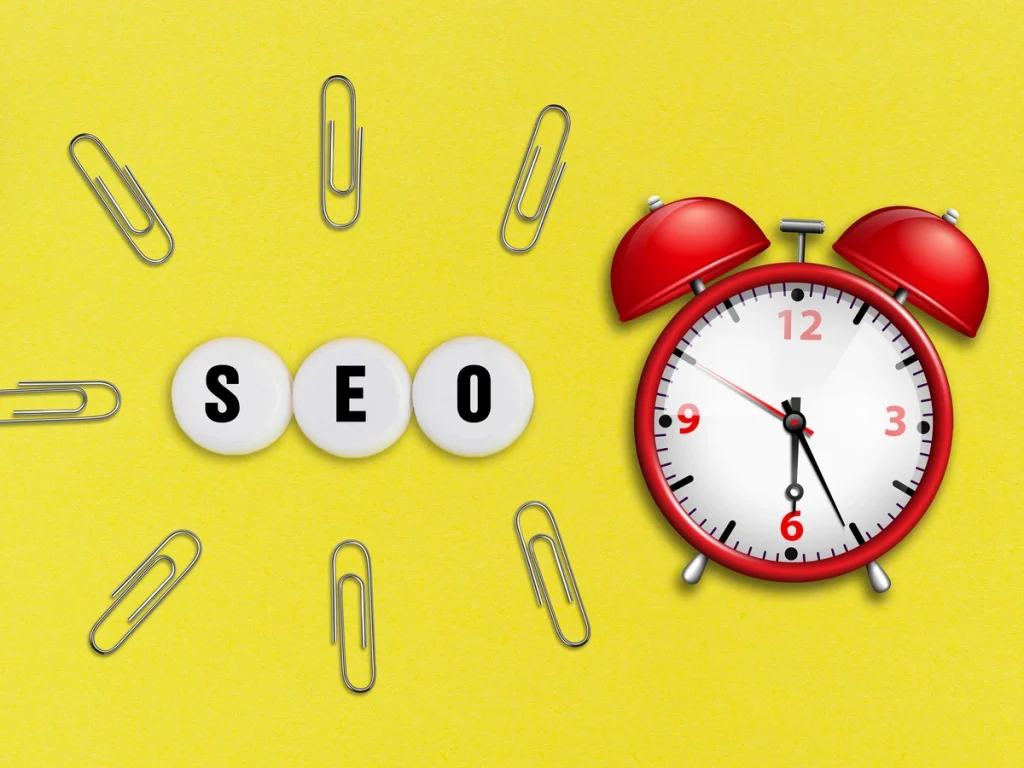User Experience (UX) is a vital part of SEO and is regarded as a fundamental factor even in recent years. Without putting effort into UX design, it is almost impossible to derive the real benefits. When you work on improving it, you will see notable growth in SEO rankings, brand credibility, and increased audience retention.
With people’s average attention decreasing gradually and them expecting an instant outcome, a website with optimal speed and smooth navigation is undoubtedly crucial. These can only be gained through the appropriate implementation of user experience. We will discuss how user experience (UX) can influence your SEO throughout the article.
What is User Experience (UX)
User experience tells the kind of usability experience a website offers to its visitors. It optimises how users interact with and detects the pain points. With pain points, one can determine where users get confused by the interface.
With a good UX design, you let your users engage more, allow them easy & intuitive navigation, the longevity of their usage, thus decreasing the bounce rate.
All these user engagement metrics are taken into account by Google to help you rank in search engines.
Below are some of the primary metrics that help in a better User experience,
- Website loading and page loading speed
- Web Core Vitals passing scores
- Easy & intuitive navigation
- Less number of ads & pop-ups
- High quality & fresh content
- Written content with enough white space and subheadings
- Easily scanned content
- A webpage is pleasant to view
- Plain & simple design
- A page dedicated to the FAQ (Frequently Asked Questions) section
- Clear CTA (call to action)
Does Poor UX means Poor Search Engine Ranking
Poorly developed UX can lower the search engine ranking since it is one of the significant factors that Google notices for search ranking. It affects your conversion rates, increases bounce rates, loss of traffic, and poor ranking.
Google and Bing both give priority to site speed in UX design. Sites with slow loading speed are put into lower placements in the SERP (search engine result pages) results. It does not necessarily mean a penalty or site being deindexed, but it lowers rankings and increases bounce rates.
Google also aims to present the most accurate and relevant results for a search query. Many factors are involved in getting the best results, and quality content and natural backlinks are also vital.
There are again many reasons your site compels users to bounce back immediately. It could be as simple as content that did not meet expectations or is irrelevant, or the website is too messy or takes time to load.
It is thus crucial that the website owners look at their website from a visitor’s perspective. If regular monitoring is carried out, they can test, tweak, and make changes accordingly to improve the UX, hence the website’s performance.
User Engagement Metrics That Are Significant
With the following metrics, you tell Google about the engagement quality of your website with your audience and indicate how relevant your page is to the search query. Here is more to the metrics,
Bounce Rate
Bounce rate quantifies the percentage of users who return from your website’s homepage or landing page. With the high percentage, you will understand that users failed to find what they were looking for or lost interest.
Factors responsible for a high bounce rate are low-quality web design, slow loading speed, confusing UX design, and irrelevant content. In addition, having a higher bounce rate would eventually slow you down in ranking.
Page Dwell Time
Another important metric is the dwell time. It implies the amount of time a user spends on a specific page of a website. When visitors stay for a long time on a page, the website gets a positive impression from Google. In contrast, Google considers a page unimportant or irrelevant to the search query when it observes users spending less time on it.
You need to ensure quality content with fresh, updated information relevant to what people are looking for. It could drastically help you build more engagement with users as well as boost your ranking.
UX Design Factors That Needs Consideration
Now let’s look at the tactics we can incorporate in UX design, hence positively affecting the primary metrics we mentioned assist in SEO ranking.
Page Loading Speed
No one would prefer to spend waiting a long time for a website to load. It is, in fact, completely unacceptable at this stage of internet advancement. Letting the visitors wait for long eventually translates into an increasing bounce rate. With a slow loading speed, the landing page may not stand a chance at even. If the audiences leave before your home or landing page can load, it still adds to the bounce rate percentage.
Many factors affect a slow-loading page, some of which are not in your control, for example, a slow internet connection. The things that are in your hands can be addressed again easily.
You can start by optimising your website to lower the loading time. Take initiatives such as minifying the file sizes, optimising photos & the site’s cache settings, combining CSS/JavaScript files, and more.
Mobile Friendliness
With 50 percent of all web traffic driven by mobile devices, avoiding the mobile-friendliness feature of a website would be an ignorant idea. It implies that if your website is not mobile-friendly, you can lose over 50 percent of online engagement from the start.
Therefore, it is essential to incorporate responsive design or mobile-friendliness aspects to your website, which eventually means quality user experience and a improvement in ranking. With the Google Mobile Responsive Test, check your website’s mobile responsiveness.
User-Friendly URL Structure
A simple factor such as a URL structure plays a vital role in user experience. A URL that misleads the visitors and search engine about what the website or page is precisely about, would create frustration and confusion.
Like the audiences, search engines also decipher a page with a keyword. So, if you incorporate a keyword to the URL, both the search engine and human readers will understand your website context better and index it.
Headers / Menus
There are sometimes websites that confuse us with their menu and interface design. It is frustrating and could halt users from navigating smoothly through the complex menu and header layouts. It could eventually lead to users returning from the website without waiting for the content they were looking for.
Hence, we must design a menu that is not too complex for users to understand and navigate through. Plus, cramming every page into the menu is also not wise. Instead, you can use categories and subcategories to help users efficiently locate what they are searching for. List the most important pages for websites. Again, provide a drop-down menu for multiple topics or pages within one group.
To sum up,
User experience or UX design is, without a doubt, an integral part of SEO strategy. This fundamental factor directly affects SEO rankings through the Google’s use of various user-engagement metrics. Hopefully, we can now clearly understand how user experience (UX) can influence your SEO. It is crucial to consider page loading speed, mobile responsiveness aspect, simple URL structure, and menu design for your website to perform better for its users.
If you are still unsure of the idea and would like assistance, you can hire us, Anika Digital. Yes, we are a team of experienced SEO experts who can help you with the correct procedure of SEO and can improve your website’s user experience.




